Harley Davidson-Hero partnership – Analysing the road ahead for the bike majors
Harley Davidson came to India as a wholly-owned subsidiary of Harley- Davidson Inc, commencing its operations in the country in 2009. Following its global ‘Rewire’ plan, which sought to streamline the bike major’s structure as it battled the impact of COVID-19 disruption, Harley Davidson decided to exit the Indian market earlier this year. However, come October and the bike manufacturer did a complete U-turn and tied up with Hero Motor Corp, where they will ride together to sell their range of bikes.
Also read: Harley Davidson collaborates with Jason Momoa for new campaign
As part of the new distribution arrangement and the agreement signed between the two companies, Hero Motor Corp will sell Harley Davidson’s motorcycles, spare parts, merchandising and riding gear through a network of brand exclusive Harley Davidson dealers and Hero’s existing dealership network. This will be an interesting second journey and it remains to be seen what plans are in store with Hero Motors to make Harley Davidson capture the Indian market this time – after all, both brands have a very different brand personality.
Why India didn’t warm up to Harley Davidson?
The Indian two-wheeler market was earlier ruled by scooters, before motorcycles took over and consistently dominated the category and is still dominating. Hero Motor Corp has always been way ahead of others, followed by HMSI, Bajaj, TVS and Royal Enfield. The Indian market is a highly price driven market and all customers look for fuel efficient bikes. Bikes as a category, which has grown tremendously in the last two decades, are sold in large numbers but the margin is quite low. In India, bikes are largely used in both urban and rural markets for commuting. The lifestyle/ leisure element that Harley bikes promote has still not developed much in India, besides there is the cost factor, too. With a steep price tag of Rs 6 lakh for a bike like Street Rod, Harley bikes do not exactly fit into the consideration set of a price-sensitive India. Other Asian countries such as Thailand and South Korea have score over India, wher Harley has had a decent run as the market and cost structures are more favourable.
Commute, not Cruiser Bikes
Globally, cruiser bikes has been a huge category and has worked well with a slightly older generation who love to ride a Harley. But the new crop of bike buyers are more for touring, adventure, sports bikes or race replicas made by Honda, Kawasaki, Yamaha, Suzuki, Ducati, Benelli, Aprilia and others. Over time the audience behaviour has changed and these brands have stayed away from cruiser bikes. Even Royal Enfield, an old- and long-time player, created an alternative for Harley by launching two bikes with more powerful engines. The two brands – Interceptor and Continental GT – come with 650cc engines and are priced at Rs 2.5 lakh.
One of the biggest challenges that Harley faced was its premium pricing. Not able to make an entry in the sub-Rs 3 lakh price band Harley, must have found it very tough to fight the two giant brands – Triumph and Royal Enfield – which are its closest competitors. So, what’s going to be the strategy of Hero Motor Corp for Harley to have a successful partnership with one of the leaders who understands the Indian two-wheeler market to the core? Hero will have to do a complete 360-degree thinking starting from pricing, distribution and strong after sales service, which did not receive favourable compliments from the Harley users.
What could work out for Hero Motor Corp in this partnership?
Hero Motors has been enjoying a dominant position for quite some time. This partnership will help them enter the cruiser bikes category and enter the premium segment, where Hero is not present currently. This is one way of building their bike portfolio and to not disappoint the discerning Harley bike lovers. Hero has a very deep understanding of the two-wheeler market and also have wide distribution network across big and small cities. Now one needs to wait and watch and see how Hero will leverage the equity of Harley. Will it have a separate channel to market Harley or will we see a Harley displayed in a Hero Motor showroom? While there is a mismatch in the imagery between the two brands, but both the brands have to work together and ensure that the Harley personality and equity are not diluted. This would be one of the frontline challenges for Hero Motor Corp. The big bonus for Harley is that they have a good partner who can look after the service, which was the weak link earlier.
Experts Speak
Adgully reached out to Ambi M G Parameswaran, Brand Strategist & Founder, Brand-Building.com, who was of the opinion that Harley Davidson made a dramatic entry into India and found some takers for their high-end bikes. Their exit from India seems to have been triggered by the current pandemic and the drop in high end bike sales. It is possible that they over-estimated the propensity to spend of the Indian bikers. Tailoring their offering with better priced models may have helped. Even Piaggio has been struggling to sell its fabulous looking scooters, Vespa. India has a very robust two-wheeler industry and all the major players have great economies of scale, service network and a vibrant user community. Harley probably did not understand the nuances of the Indian market. There is a high-end consumer in India but it takes time to get them to spend. Luxury watch makers have been at it for more than twenty years. Luxury handbags have also been at it for a decade. I am sure Harley had its reasons and may be the tie up with Hero will be a good via media for them. Keep a foot in the door. Ensure bikes are getting serviced well and wait for the high-end bike lovers to get tired of Bullet.
Bike enthusiast and Managing Editor, Motoring World, Kartik Ware shared his views where he said that there any factors that forced Harley Davidson to exit India. The first being increased competition with differentiated products. Bikes like Triumph BMW, Kawasaki and so on, ate into the lead that H-D had built with its cruisers. While HD had many good motorcycles, but primarily based around the same format – cruisers which not so popular among the Indian bikers with a large CC capacity.
Besides that, decreased global sales had severe impact. Harley Davidson’s fortunes around the world saw a distinct downturn over the past 3-5 years, and keeping the company afloat is now its number one priority. India isn't high on that list since the USA and European markets are its primary source of income.
Talking about the collaboration with Hero Motor Corp,Ware felt that this this collaboration with Hero is a good idea. It allows H-D to continue its presence in India while it revamps it lineup with relevant models for markets around the world. The problem, I feel, is that so far H-D bikes have been set in a certain mould, one that's fallen behind current trends in a manner. They simply don't appeal to a wide as audience as they should, even if I personally am a fan. A motorcycle is an idea and H-D needs to prove that it can think those ideas as well as the rest. Hero, for its part, with its huge CIT in Jaipur, can be an important partner to develop smaller H-Ds for emerging markets where smaller-capacity bikes are the need.
It has the potential to be a best-of-both-worlds scenario where Harley-Davidson concentrates on revamping its big-bike line-up in the USA and Hero develops smaller bikes in India.
Commenting on Harley’s exit Lloyd Mathias, Business Strategist and Angel Investor said that India is a small market for high-end bikes like Harley Davidson. While the mass motorbike category is large Harley bikes cater to the leisure rider. The collaboration with Hero Motors is a smart and calculated move and a win-win for both companies as Harley-Davidson gets to ride Hero MotoCorp’s vast distribution network and extensive customer service, while Hero gets to develop and sell a range of premium motorcycles under the Harley-Davidson brand name and therefore presence into the top end of the motorbike segment.
The passion biking segment is small but lucrative and growing. It is difficult for a global company like Harley-Davidson to set up and run full-fledged operations to cater to this tiny segment and stay profitable.
For Hero MotoCorp there is perfect synergy in operations and huge leverage. In effect, it will now have a strong presence in all segments of the motorbike category.
Passionate about riding bikes and a hardcore bike enthusiast Ambika Sharma, Chief Strategist, Pulp Strategy, remarked that Harley’s exit from India is also a function of their global consolidation and shift in focus to large bikes whereas in India the manufacturing was of the entry level bike Street 750. India is a growing market and there are big bike brands like BMW Motorrad which are doing well, so the potential of the market is not in question. Collaboration with Hero is a part of their exit strategy, the Harley infrastructure will be handed over to Hero for a one-year duration, as far as I know. The handling and management of a lifestyle brand, its dealers and its customers will be different from the current brand Hero. Recently there was news that the Harley dealers were planning legal action against Harley Davidson for unfair compensation among other things. This puts the new relationship also under a cloud. As a Harley owner, it does not bode well for the future of the 35K+ bike owners. Hero will need a trust building initiative to start with so that the customers have insight into the future management of the infrastructure.














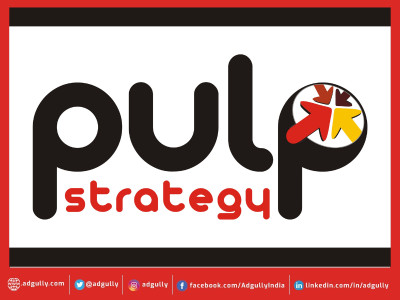

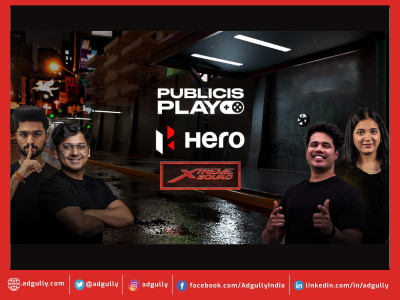
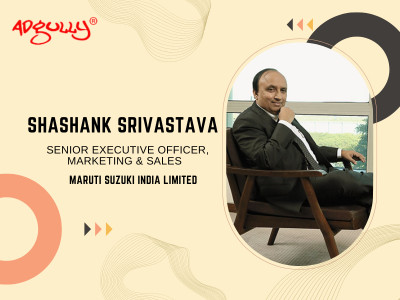
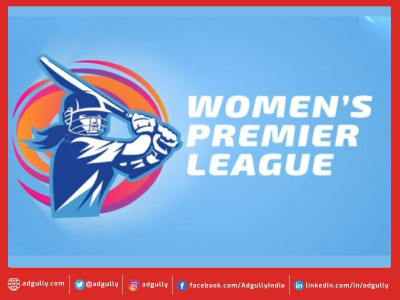
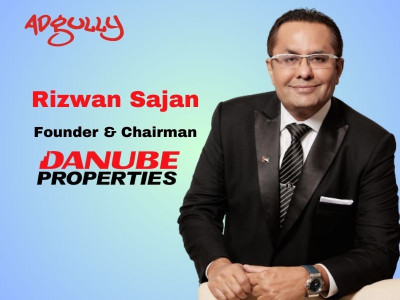


Share
Facebook
YouTube
Tweet
Twitter
LinkedIn